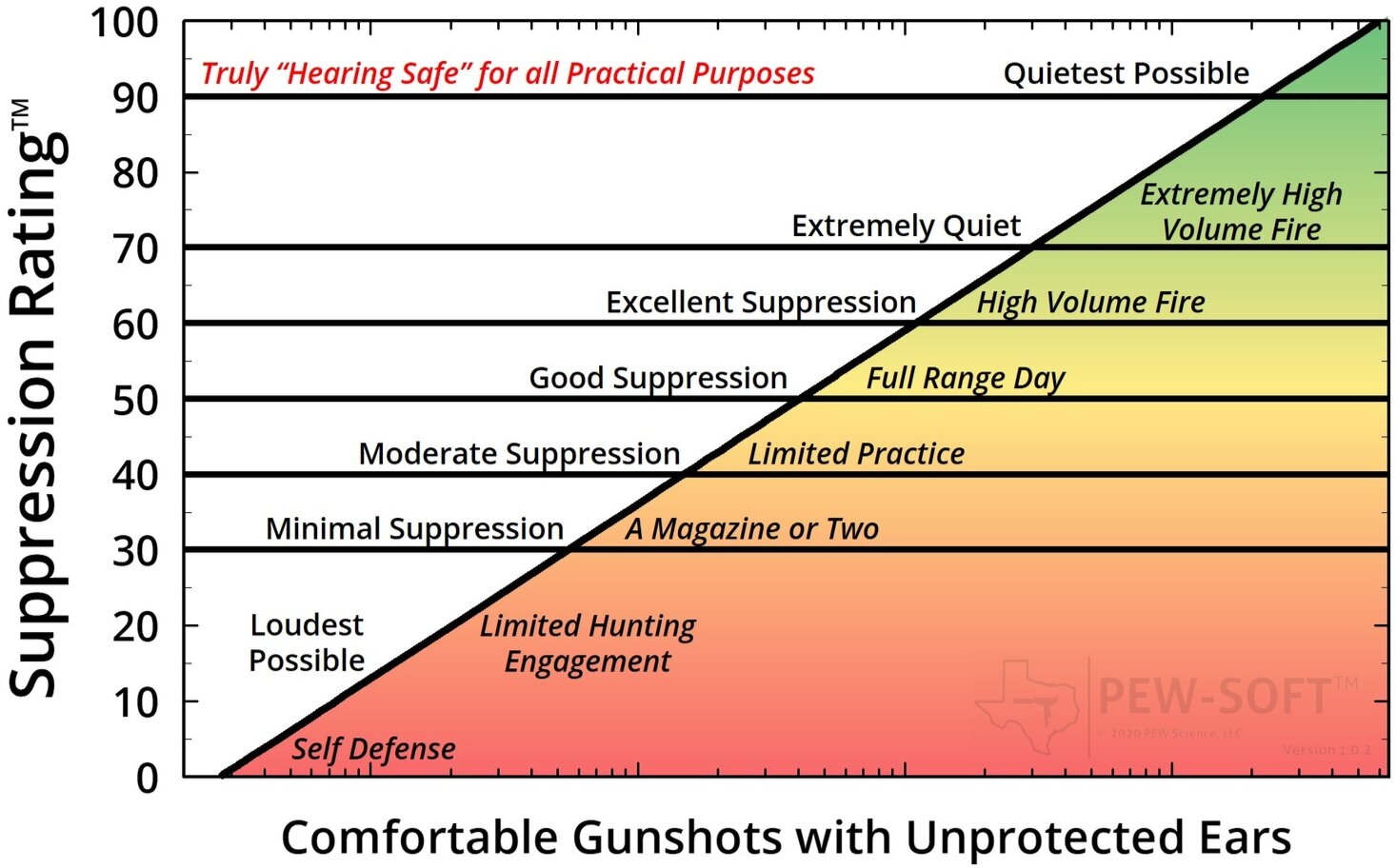And yes, according to proper sound tests, the Sandman-S is right at 140-141 DB at the shooter's ear in a 16" 5.56. So, yeah, I'd say it's hearing safe.
The only proper sound testing is https://pewscience.com/
Hearing damage is a cumulative effect.
5.56 has not yet been evaluated by Jay but I can make a pretty educated guess that the Sandman S will not be 140 db at the ear with an AR. It's over 140 db of pressure at the shooters ear on a 20" 308 bolt gun. His ranking for that is 32.3. You need to be a member to get at ear db numbers which by themselves are actually pretty meaningless. His suppression rating takes everything into account. Impulse, pressure, duration, frequency and in ear response. You can have suppressors that have a higher db but different tone that excites the ear less than one with a lower db but a tone that excites the ear more.
I would suggest reading through this.
https://pewscience.com/silencer-sound-standard

If you are shooting a lot of rounds without ears on a 20" bolt gun with the sandman s you are going to damage your hearing.
I'm not sure where people got the idea that 140 is "hearing safe".
https://www.asha.org/public/hearing/loud-noise-dangers/
Dangerous and Safe Noise Levels
The noise chart below lists average decibel levels for everyday sounds around you.Painful impulse noise—Not safe for any period of time
150 dBP = fireworks at 3 feet, firecracker, shotgun
140 dBP = firearms
Painful steady noise—Not safe for any period of time
130 dBA = jackhammer
120 dBA = jet plane takeoff, siren, pneumatic drill
Extremely loud—Dangerous to hearing; wear earplugs or earmuffs
112 dBA = maximum output of some MP3 players, rock concert, chainsaw
106 dBA = gas leaf blower, snow blower
100 dBA = tractor, listening with earphones
94 dBA = hair dryer, kitchen blender, food processor
Very loud—Dangerous to hearing; wear earplugs or earmuffs
91 dBA = subway, passing motorcycle, gas mower
Last edited:

